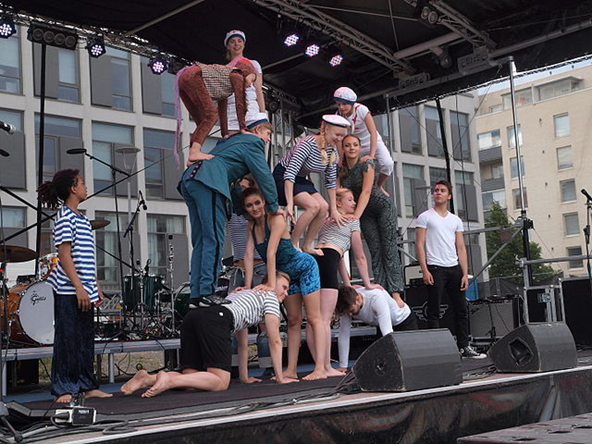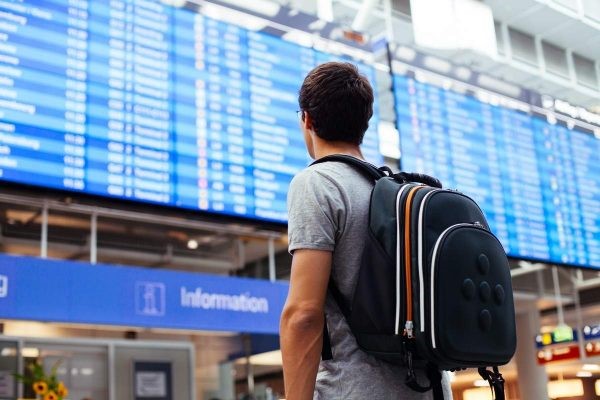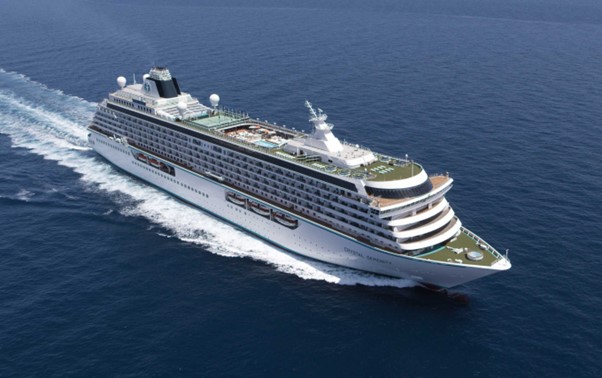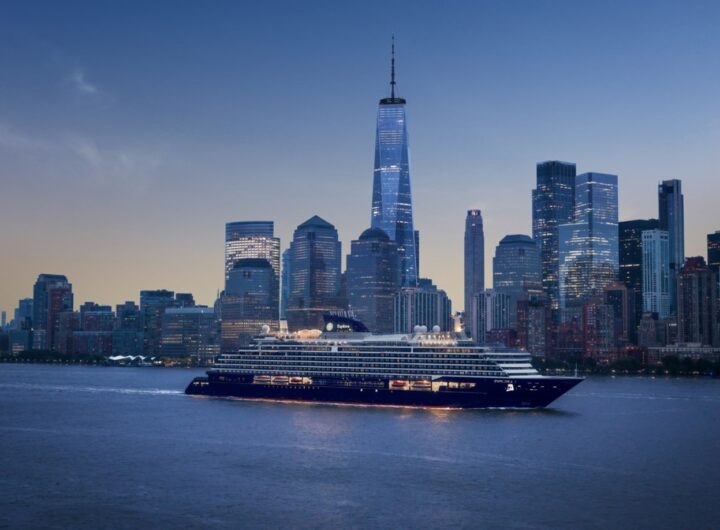
People celebrating at Satamahulinat ("Harbour party"), a free outdoor event – Photo: Wikicommons
For the eighth consecutive year, Finland has been named the happiest country in the world according to the World Happiness Report 2025. As the world celebrated World Happiness Day on 20 March, this Northern European country offers valuable lessons in fostering long-term well-being and a high quality of life.
The Secrets to Finnish Happiness
Finland’s success in the happiness rankings is rooted in several key elements—community spirit, inclusivity, trust in society, and easy access to nature. These elements, according to the report, play a far greater role in happiness than wealth or health alone. This year’s focus on “Caring and Sharing” in the World Happiness Report highlights the importance of social support and trust, values that are deeply ingrained in Finnish culture.
A Strong Sense of Community
Finland’s deep sense of community is evident through traditions like talkoot, where neighbours come together to clean public spaces, and local festivals like the Käpylän Kyläjuhla and Kallio Block Party, which bring neighbourhoods to life. Initiatives such as OmaStadi, Helsinki’s participatory budgeting program, also strengthen community ties by giving residents the power to propose and vote on public projects that enhance their local areas.
Inclusivity in Action
Helsinki, Finland’s capital and the happiest city in the world, reflects the nation’s commitment to inclusivity. With 17% of its residents of foreign origin as of 2020, the city meets diverse needs by investing in initiatives that benefit all age groups. Public schools follow a “neighbourhood school” approach, ensuring equal access to quality education regardless of income or background. The city’s urban planning prioritises integration, with mixed housing developments and accessible public spaces, such as libraries and sports clubs.
Saunas and Shared Spaces
In Finland, the sauna is a cultural institution and a symbol of equality. These spaces encourage bonding and connection regardless of background, creating a relaxed environment where strangers become neighbours. Similarly, the Oodi Central Library in Helsinki serves as a hub for inclusivity, welcoming over 1.8 million visitors in 2022. This vibrant space is open to all, encouraging interaction and fostering a sense of belonging.
Living Well in Helsinki
The numbers reflect Helsinki’s high quality of life:
- 34 public beaches, 21 winter swimming spots, and 13 ice skating rinks.
- A 1,300-kilometre bike network, promoting sustainable, active transport.
- 92 dog parks for pet-loving residents and families.
- 76% of locals feel safe in their neighbourhoods, even on weekends.
- Public services are reliable, with 80% of costs covered by municipal tax revenues.
In addition, Helsinki consistently ensures its citizens stay happy and healthy, with 71% reporting good health and 46% often feeling happy.
Lessons from Finland
Finland’s leadership in the happiness index serves as an inspiration for other nations. The Finnish emphasis on community connection, inclusivity, and sustainable living shows that happiness stems from collective well-being rather than individual wealth. By fostering trust, supporting public spaces, and prioritising equal opportunities, Finland has created a culture where happiness flourishes.
So, what can the rest of the world learn from Finland? It’s simple happiness thrives in a society built on trust, shared purpose, and a sense of belonging.
\
 Lord Howe Island Getaway: Pure. Wild. Timeless
Lord Howe Island Getaway: Pure. Wild. Timeless  Japan’s Rising Popularity Among Australian Travellers: A Destination Turned Cultural Phenomenon
Japan’s Rising Popularity Among Australian Travellers: A Destination Turned Cultural Phenomenon  Global Travel Boom: The Unstoppable Surge in International Holidays
Global Travel Boom: The Unstoppable Surge in International Holidays  The World’s Happiest Cities: Where Urban Life Meets Wellbeing
The World’s Happiest Cities: Where Urban Life Meets Wellbeing  Aman New York Introduces “Adventures on the Slopes”
Aman New York Introduces “Adventures on the Slopes”  Discover the World’s Most Welcoming Cities in 2025
Discover the World’s Most Welcoming Cities in 2025  Stray Nomad 2025: A Year in Review
Stray Nomad 2025: A Year in Review  Crystal Serenity Unveils 2028 Amazon, Caribbean and Azores Voyages
Crystal Serenity Unveils 2028 Amazon, Caribbean and Azores Voyages  Emirates Ends 2025 on a High with Five World Travel Awards and Over 20 Global Honours
Emirates Ends 2025 on a High with Five World Travel Awards and Over 20 Global Honours  Explora Journeys and Hilton Unite for a New Era of Luxury Ocean Travel with Launch of Hilton Honors Adventures
Explora Journeys and Hilton Unite for a New Era of Luxury Ocean Travel with Launch of Hilton Honors Adventures 